Australia/Diciembre de 2016/Autora: Catherine Hanrahan /Fuente: ABC News
RESUMEN: Dos informes internacionales muestran los niveles de educación de Australia han caído en el ranking mundial – superada por Kazajstán – y los últimos datos de Australia muestran resultados plana de revestimiento de los estudiantes. Pero lo que ha causado la caída?
Educación acalorado debate menudo de Australia ha tendido a centrarse en dos cuestiones fundamentales:
La cantidad de escuelas de financiación reciben; y
La creciente brecha entre los más ricos y las escuelas más pobres.
¿Qué puede el último Programa de Resultados Evaluación de Estudiantes (PISA) nos dicen acerca de estos factores?
Two international reports show Australia’s education standards have dropped down the global rankings — overtaken by Kazakhstan — and the latest Australian data show students’ results flat-lining.
But what has caused the fall?
Australia’s often heated education debate has tended to centre on two key issues:
- How much funding schools receive; and
- The widening divide between the richest and poorest schools.
What can the latest Programme for International Student Assessment (PISA) results tell us about these factors?
Globally, countries that spend more get better results
There is a clear relationship between spending and performance in the PISA data: countries that spend more score higher results.
In the chart below, each country in the PISA tables is represented by a circle:
- those with better maths scores appear higher up the chart; and
- those that spend more per student appear further to the right.
Australia appears just above the trend line: it spends about $92,000 per student (from the age of six to 15) and the average maths test score was 494.
These broad trends were repeated for reading and science.
But the relationship between spending and performance is not a simple one
Many countries that got similar average maths scores spent very different amounts on education — and many countries that spent about the same had very different scores.
For example, Australia’s score in maths is better than the UK and the US, which each spent more per student.
But Australia’s score is well below Korea, Estonia and Poland, who spent between $12,000 and $28,000 less on each student than Australia did.
Overall, the relationship between spending and results was not significant once spending per student passed above US$50,000.
In other words, take out the countries that are not spending very much, and the correlation between spending and performance disappears.
This tallies with Education Minister Simon Birmingham’s comments that Australian school funding is at record levels and the focus can no longer be on how much money is being spent.
So how can Australia improve its schools?
Pete Goss from the Grattan Institute says that what matters most for Australia now is not how much money goes into education, but how the money is spent.
«To make sure money is well spent, step one is to distribute to the schools who need it most,» he said.
«Step two is that whatever money schools get, it must be spent as effectively as possible on teaching approaches that have been shown to work and are cost effective.
«One side of politics seems to focus more on step one, where money is distributed. The other side focuses more on step two, how money is spent.
«We have to get both right.»
Laura Perry, associate professor of education policy at Murdoch University, says Australian education has a «distribution problem rather than an absolute funding problem».
«The biggest problem … is we don’t give as much money to the schools that really need it and we tend to give money to the schools that don’t need it,» she said.
Does the data back up this inequality story?
Globally, the PISA data shows that students who are at a socio-economic disadvantage are almost three times more likely to fail to reach a baseline skill level in science.
A ‘fair’ education system was defined as one where a student’s result reflects their ability, rather than things they can’t control, like their socio-economic status.
On some measures of fairness, Australia fell below the average among the 35 OECD countries being compared.
The chart below includes all the countries that scored higher than Australia in science.
Only three — New Zealand, Singapore and Taipei — gave a greater benefit to advantaged students than Australia did.
Coming from an advantaged background in Australia adds 44 points to a student’s science score for every unit increase in socio-economic advantage.
In many countries, including Vietnam, Canada and China, education was more equal than in Australia.
What’s the result of unequal schooling?
The difference in education equality in different countries is most obvious in how the bottom quarter of students fares in each country.
Although Australia’s bottom and top quarter of students are performing better than the OECD average, the bottom quarter is performing much worse than the bottom quarter in Singapore, Vietnam, Estonia and Japan.
Professor Perry says Canada is the most relevant comparison to Australia.
«We can say that low socio-economic status students … perform much better in Canada than Australia,» she said.
«If you look at the total average [score] for each country, it’s higher in Canada and that’s the main reason why.»
Australia worst in OECD on staffing gap
Professor Perry says one of the explanations for the poor performance of Australia’s lowest socio-economic students is their poor access to qualified teachers.
The gap between rich and poor schools’ ability to attract qualified teachers in Australia is the largest in the OECD.
The data was gathered by asking principals how much their school’s ability to teach students was affected by having unqualified or poorly qualified teachers.
Australian principals in schools in high socio-economic areas gave very different answers from those in poorer areas.
Shortages of qualified teachers were more likely in Australian public schools than private schools.
The same goes for education materials — things like IT equipment, classroom and laboratory materials. Only Mexico, Spain and Turkey had a more unequal split in terms of access to material.
Sue Thompson, director of educational monitoring for the Australian Council for Educational Research, says lots of students, particularly in junior secondary school, are being taught by teachers out of their field of expertise.
One Australian study showed that about 38 per cent of students were being taught by teachers not qualified in maths and science.
These teachers are limited both in their ability to find ways to teach the bottom-performing students, and to challenge the top students, Dr Thompson says.
«All of the OECD research on disadvantaged students shows that by lifting the success of disadvantaged students, you would increase the system as a whole but also you gain on the performance of the high-achieving students as well, as a result of better teaching,» she said.
Professor Perry says the amount of social segregation between schools has become a «vicious cycle» in Australia: as teacher shortages become more pronounced in lower socio-economic schools, parents choose to avoid those schools, perpetuating the problem.
«A low socio-economic school, another word for that is a hard-to-staff school,» she said.
Fuente: http://www.abc.net.au/news/2016-12-13/australian-school-results-money-inequality/8103250
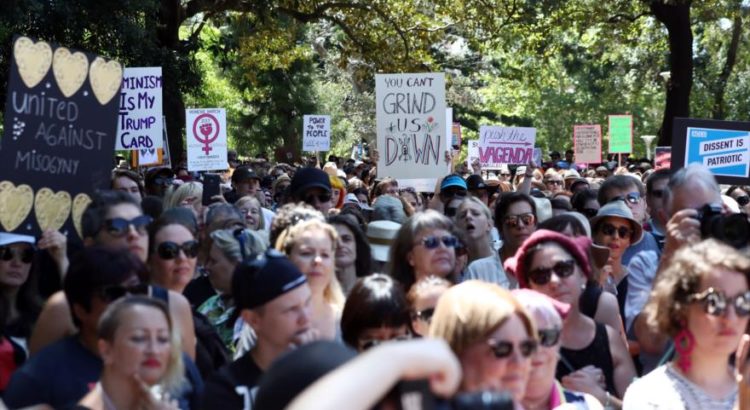


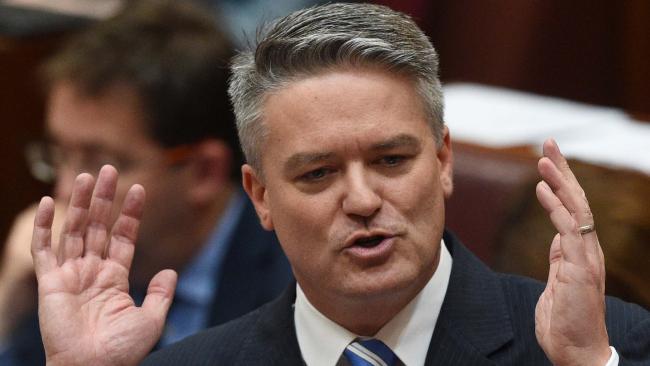
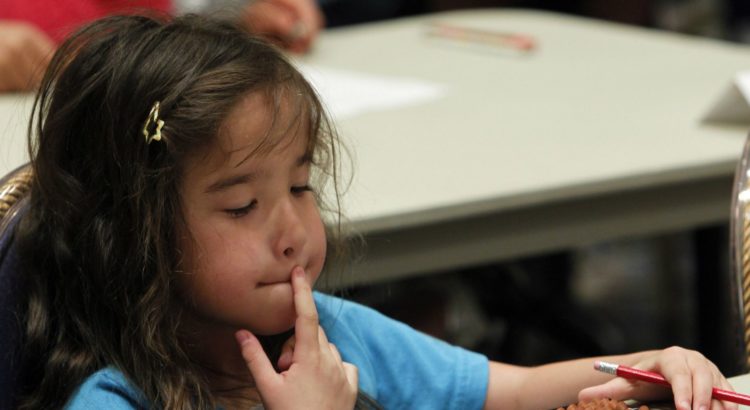
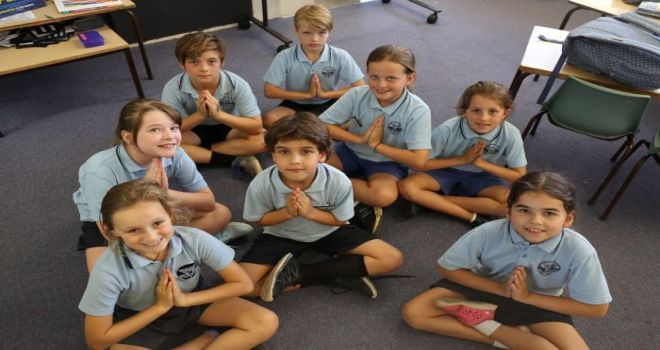
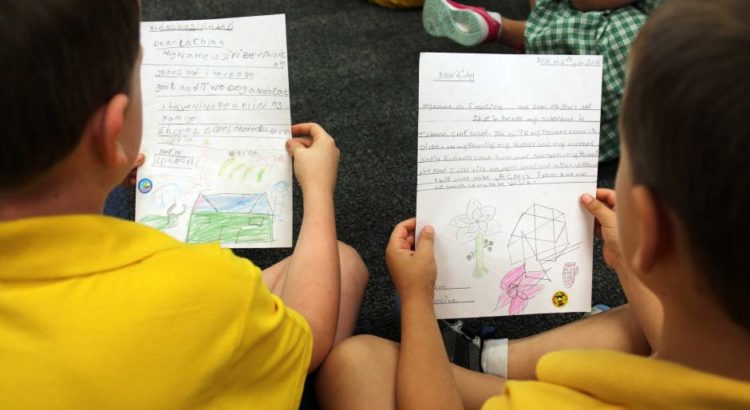








 Users Today : 9
Users Today : 9 Total Users : 35460218
Total Users : 35460218 Views Today : 12
Views Today : 12 Total views : 3418907
Total views : 3418907